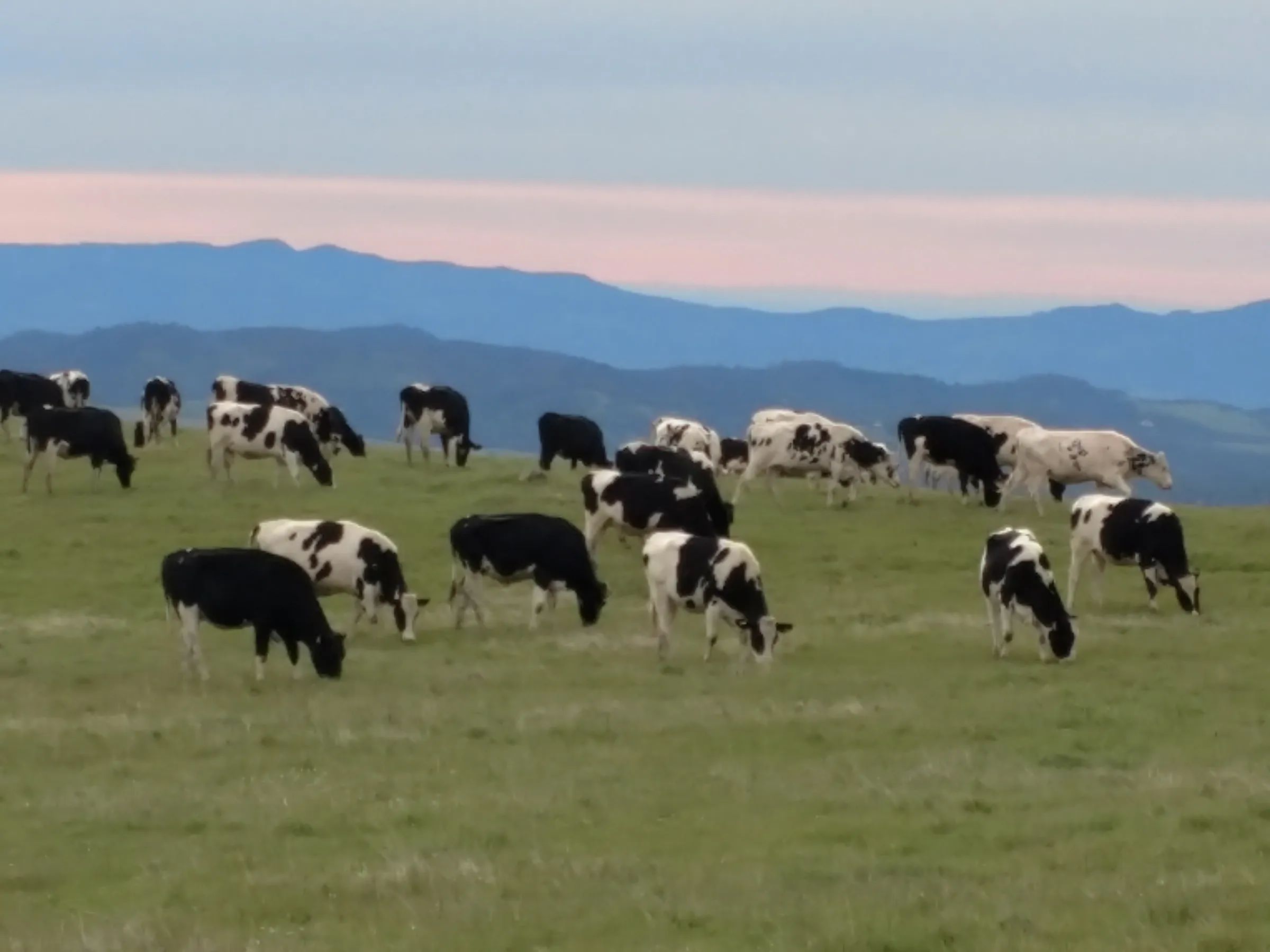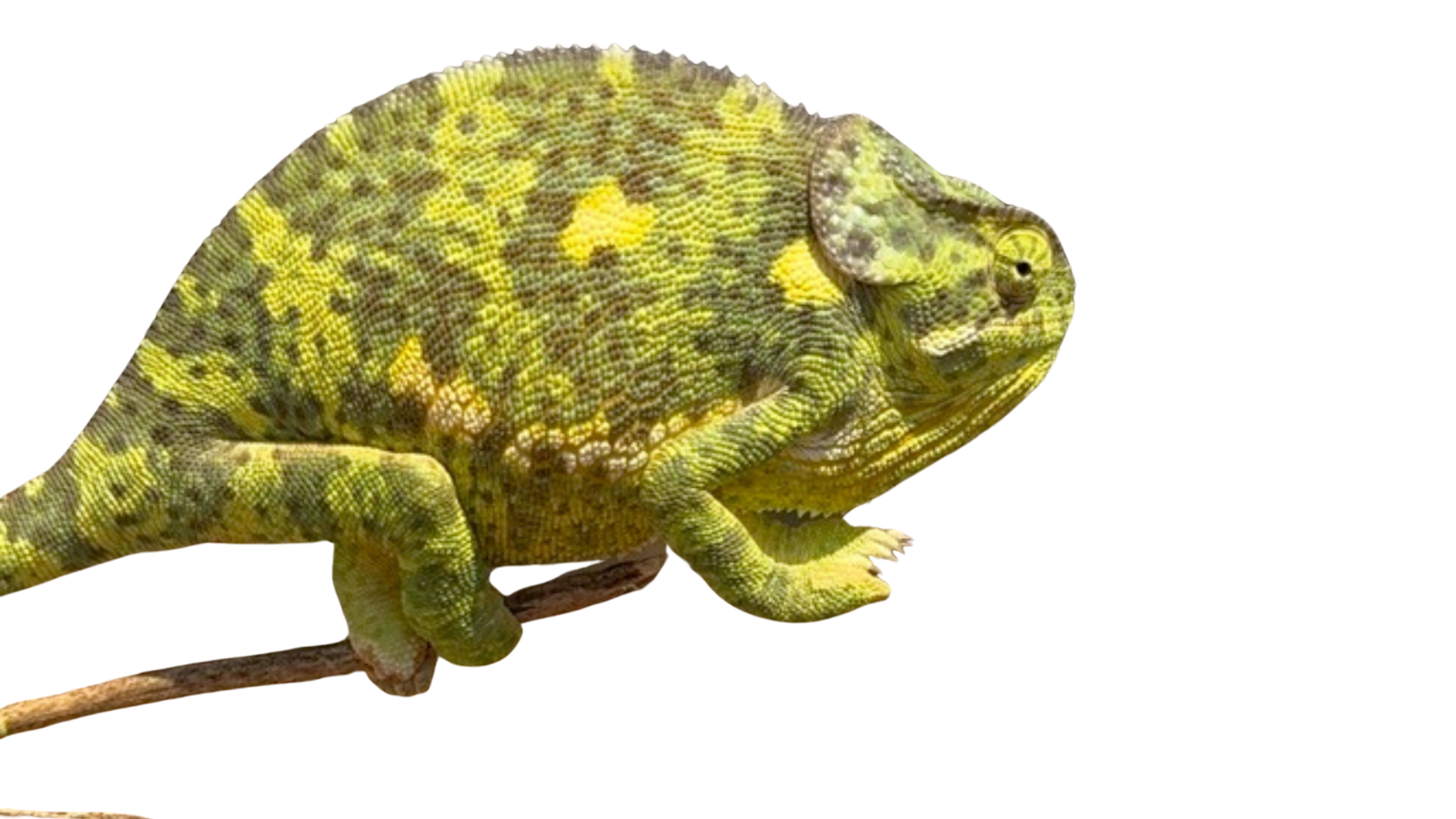Its easy to tell the world how it is and not listen when it tries to correct you. Science is a method for testing our ideas about reality and a system for accumulating and sharing that information. I think I was well into my twenties before I really understood this. I am not an accredited scientist, I have very few degrees attached to my name. But I also don’t think much of accreditations. I would suggest a different definition for ‘scientist.’ A scientist is someone who has taken a deeply cherished idea and let it change or disappear, as the evidence starts to stack up against it.
But the process of setting proxies and taking precise measurements that reflect on those proxies is extremely important when going from serious observer of science to actual producer of science. At Sonoma Mountain Institute we have been collecting vegetation monitoring data on our ranches for the last seven years and this has been my only real chance to produce science, which I have come to see as a little glimpse through a keyhole to a world no one has ever seen. I doubt that I would have as much confidence in our success or any sense of the scale of the changes we have produced, were it not for the boring and humdrum process of taking precise measurements year after year. It is the confidence that comes from boring and humdrum data collection that I want to report here.
But first I have to report on something even more boring and humdrum, at least to me when I am sitting here writing it, the day-to-day workings of the ranch. We are getting ready to move into our new house, I don’t know if the contractors are ready for us to move in but that’s their problem. Instead of doing things that make money I have been climbing forty feet up into hemlock trees with a chainsaw and cutting my way down to get a better view from the house and cutting down trees way too big for my chainsaw. My dad and Brynne have been here the last few days and everyone here likes having grandparents around. Note: we would accept unrelated grandparents.
Before I get into the data I have too many people to thank for this data. First of all, I want to thank Byron Palmer who has taken the lead as chief whip in organizing the data collection and making sure that it is in a usable format. As with so many things, all this would be a mess without you, Byron. Thank you also to Jim Coleman, who has carefully done all the data collection over the years, and to Kate Sindt who has done all the data entry and collation for that data. Most of all, as always, thank you to Mark Sindt and Susie Schroll, whose guidance and support made any of it possible at all.
Our findings: We have tracked vegetation changes on the properties we manage using fixed plots, in which we record plant species composition and a few other metrics. Comparing all these properties in aggregate is a little complicated because we started managing them at different times and we have very different sampling densities on the different properties. For one of our properties, our Petaluma property, we have five years of data and over 40 plots. This property highlights the general pattern of changes across our properties. All of our data is available at sonomamountaininstitute.org.
This property was ungrazed for many years before we started managing it, though interestingly the pattern of changes seems pretty similar to the properties we have taken over that were very heavily grazed. As a first stab at a rule of thumb, if most of your grass is twice as tall as your neighbors that graze and a quarter as tall as your neighbors that don’t, you’re probably hanging in about the right zone. On this property, and all our properties, we have been a long ways from perfect in the management. Still, we have seen some major changes. These changes have been steady year after year, through several years of major drought and several very wet/productive years. The changes don’t seem to track along with any climatic patterns. In many ways, I was not prepared for the level of changes that we saw and this is what sent me looking for solutions. This search brought me to the humpback curve, etc.
Biodiversity:
One of the measures that we looked at was our total plant biodiversity which has gone up in a big way. In the five years of monitoring data that we have available right now, we have seen a 210% relative increase in plant species in our plots. In other words, when we started monitoring we had an average of 8 species of plants in each of our plots. Five years later we had an average of over 21 species in our plots and this trend has not slowed down. We are gunning for the world championship, 97 species in a plot our size.
Native Biodiversity:
Plant geeks rarely measure total biodiversity (which I think is a big mistake) so they think we are up to shenanigans when we report that number. I think they are suspicious of the fact that we have a whole bunch of species, but all of them are ‘weeds.’ And we have seen increases in all sorts of species of plant. But one of the interesting things is that we have seen native plant species increase at a faster rate than the non-native species. We have seen a 60% relative increase in native plant species cover over the last five years. In other words, in 2013 less than 9% of our plots were occupied with native species. In 2017, more than 14% of our plots were occupied by native species. I will report 2018 data as it comes in.
Going back to the beginning of this series, I attribute this pattern to:
- The basic geometry of “shortish” pastures being able to support more individual plants and therefore, as a matter of probability, more species.
- Which I attribute to the general growth pattern of herbaceous plant species. They have this growth form and exhibit this pattern because they evolved to like to be grazed.
- I think that our native species are gaining ground because, for whatever reason, we have very few tall native species around here, so natives are badly hurt by very tall vegetative conditions.
Ranchers have a tendency to say that biodiversity doesn’t matter. Eco-people have a tendency to say that, the taller the grass is, the more biodiverse the pasture. I don’t think that either of those is quite right. I would argue that by dispensing with both of these assumptions we have seen a dramatic increase in the amount of life in our pastures.
Next week I will talk about something else, I promise. Though I can’t promise it will be completely unrelated to this.

